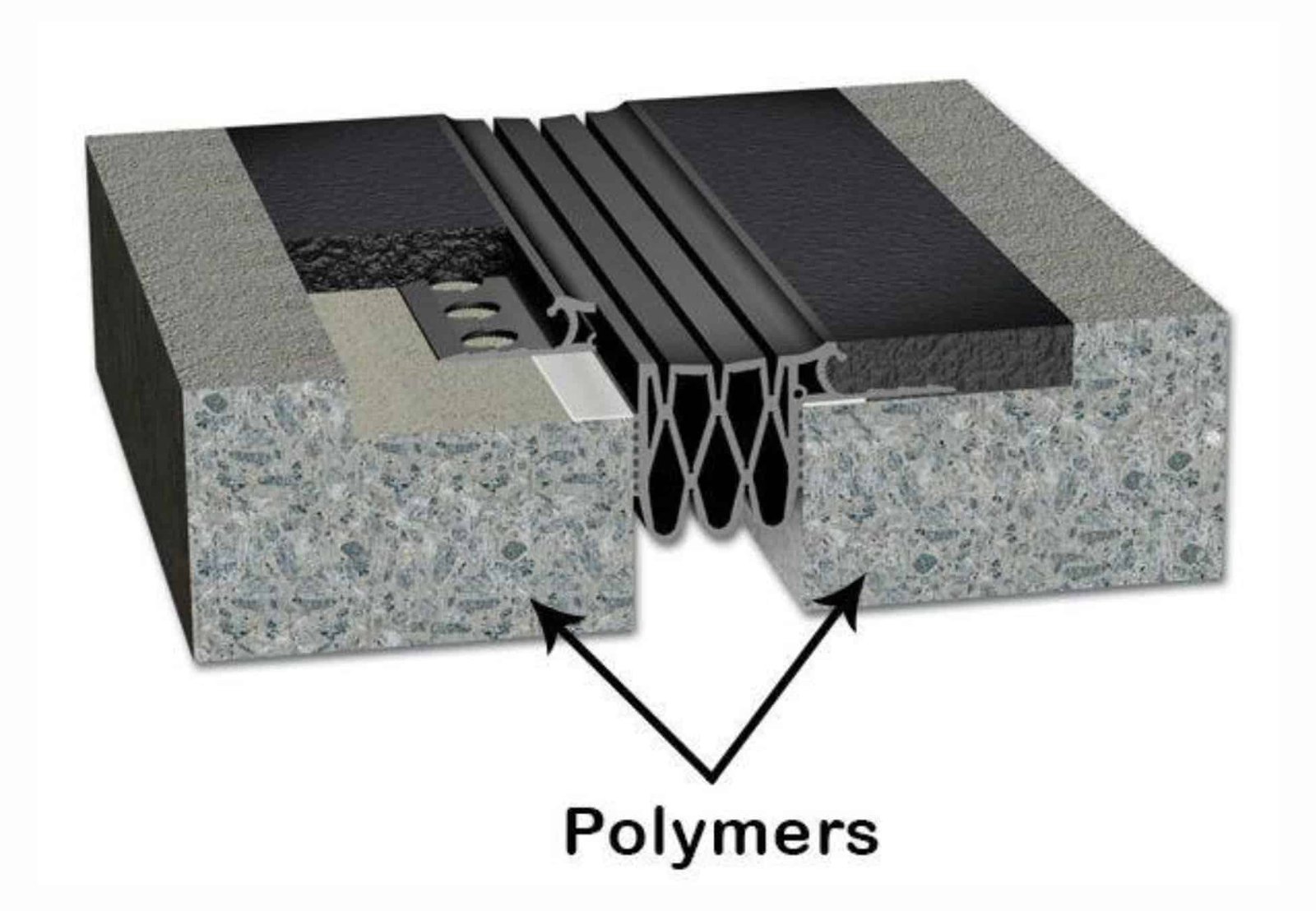Materials form the backbone of civil engineering, determining the strength, durability, and sustainability of structures. Over time, advancements in technology have expanded the range of materials used in construction. From traditional materials like concrete and steel to modern innovations like composites, each material offers unique properties that suit specific applications.
1. Concrete: The Foundation of Modern Construction
Concrete is one of the most widely used materials in civil engineering. Known for its strength, versatility, and durability, it is used in everything from buildings and bridges to dams and pavements.
Properties of Concrete:
- High Compressive Strength: Ideal for supporting heavy loads.
- Versatility: Can be cast into various shapes and sizes.
- Durability: Resistant to weathering, fire, and corrosion when properly maintained.
Types of Concrete:
- Reinforced Concrete: Contains steel reinforcement for added tensile strength.
- Pre-stressed Concrete: Subjected to pre-tensioning to handle greater loads.
- High-Performance Concrete: Designed for superior strength and durability under extreme conditions.
2. Steel: Strength and Flexibility in Construction
Steel is another critical material in civil engineering, valued for its strength, flexibility, and resilience. It is often used in combination with concrete to create reinforced structures.
Benefits of Steel:
- High Tensile Strength: Makes it ideal for load-bearing structures.
- Ductility: Can bend without breaking, allowing structures to withstand dynamic forces like wind or earthquakes.
- Recyclability: Environmentally friendly and reusable.
Applications:
- Skyscrapers: Steel frames provide the strength needed for tall structures.
- Bridges: Steel is used for cables, girders, and trusses.
- Industrial Buildings: Prefabricated steel components enable quick construction.
3. Timber: A Traditional Material with Modern Uses
Timber has been used in construction for centuries and remains relevant today, particularly in sustainable and green building projects.
Advantages of Timber:
- Lightweight: Easier to transport and handle than many other materials.
- Aesthetic Appeal: Offers a natural, warm appearance.
- Renewable: Sustainable when sourced responsibly.
Modern Applications:
- Engineered Wood: Products like cross-laminated timber (CLT) offer enhanced strength and durability.
- Hybrid Structures: Combined with steel or concrete for unique designs.
4. Composites: The Future of Civil Engineering Materials
Composites are made by combining two or more materials with distinct properties to create a new material that is stronger, lighter, or more durable.
Types of Composites:
- Fiber-Reinforced Polymer (FRP): Lightweight and resistant to corrosion, often used in bridges and retrofitting.
- Glass Fiber Reinforced Concrete (GFRC): Combines the strength of concrete with the flexibility of glass fibers.
- Carbon Fiber Composites: Extremely strong and lightweight, used in advanced applications.
Benefits:
- High Strength-to-Weight Ratio: Ideal for applications where weight is a concern.
- Durability: Resistant to environmental degradation.
- Versatility: Can be tailored to meet specific engineering requirements.

5. Bricks and Masonry: Building Blocks of Civilization
Traditional bricks and masonry are still widely used for walls, facades, and decorative elements.
Features:
- Durability: Long lifespan with minimal maintenance.
- Thermal Insulation: Helps maintain indoor temperatures.
- Aesthetic Versatility: Available in various colors, textures, and patterns.
Despite their traditional nature, modern manufacturing techniques have improved the strength and efficiency of bricks.
6. Asphalt: The Go-To Material for Roads
Asphalt is indispensable for constructing roads, highways, and parking lots. It is known for its durability, flexibility, and cost-effectiveness.
Key Advantages:
- Smooth Surface: Ensures safe and comfortable driving.
- Quick Installation: Reduces construction time.
- Recyclability: Used asphalt can be reclaimed and reused.
Advancements in asphalt technology have introduced eco-friendly options, such as permeable asphalt for improved drainage.
7. Sustainable Materials in Civil Engineering
The push for sustainability has led to the development and adoption of eco-friendly materials in construction.
Examples:
- Recycled Concrete: Uses demolished concrete as aggregate in new projects.
- Green Cement: Reduces carbon emissions during production.
- Bamboo: A renewable alternative to timber with excellent tensile strength.
Using sustainable materials not only reduces environmental impact but also aligns with modern construction standards and regulations.
Conclusion
Civil engineering materials have evolved significantly, providing engineers with diverse options to meet the demands of modern construction. From the reliability of concrete and steel to the innovation of composites and sustainable alternatives, these materials form the foundation of our built environment. By understanding their properties and applications, civil engineers can create structures that are not only functional and durable but also environmentally responsible.




